The most successful organisations involved in planning and design succeed in building trust with members of the public through consistent, and personalised communication.
When you are running a public consultation, taking the time to respond to members of the public can be a deciding factor in how smoothly your planning project gets off the ground.
In this article, we are briefly looking at the power of personalised follow-ups to online consultation responses, a powerful new functionality in PlaceChangers online engagement tool.
The benefits for following up in online planning consultations
Reaching out to respondents with personalised follow-ups during a live planning consultation can be advantageous, especially when the project needs to navigate detailed design constraints with sensitivity, such as boundary issues.
By following up during a live planning consultation, you are communicating to members of the public that:
In some cases, a personalised response is legally mandated, such as for boundary or party wall issues. A personalised response can go a long way to avoid undesirable outcomes such as public enquiries or an appeal.
Following up enables you to shape an authentic and friendly relationship with the public who took the time to engage in your planning consultation, which can help generate support in your favourable support and a measure of project ownership.
Following up is also aids you in preparing a high quality Statement of Community Involvement.
How to follow up to comments on online planning consultations
Understanding the benefits of follow-up makes it easier for the project team to get involved and reach out to respondents. Following are some of the ways you can follow up with members of the public:
Answer questions from consultation participants
Sometimes you could not cover information on an aspect of your project, and a question arises. Take a moment of time and answer questions that members of the public share with you. It goes a long way to help alleviate concerns.
Say Thanks to consultation participants
You can never go wrong by thanking members of the public for their time - even better when some suggestions are brought up that are highly relevant or helpful if you could share a brief personal note.
Ask for additional information during your planning consultation
If a comment is not all too clear, you could easily ask for further information for clarification. It helps alleviate concerns, potentially develop solutions to design issues, and draw out crucial local feedback.
Acknowledge and correct errors speedily
We are all human - it happens! Your consultation might have contained a factual error. If it is highlighted during a consultation, that’s not great, but it is not too bad if you can respond and acknowledge you listened.
Start using personalised follow-ups in your planning consultations.
When following up, make sure that you have a system that enables you to be as effective as possible.
This is where purpose-built planning consultation tools like PlaceChangers shine.
It may be easy to think that follow-ups can be time-consuming or even complex to arrange during a planning consultation, but in fact it's now easier than ever.
Conclusions
It is never too late to follow up with respondents during a live planning consultation.
Following up with participants is the most crucial part of your consultation and engagement strategy, which most project owners forget.
Faster follow-ups allow you to building trust, clarifying planning issues faster; and lastly avoiding misinterpretations of your planning proposals.
Consistent and GDPR compliant follow-up unlocks insights that you may not expect can assist in building trust and ensure that misunderstandings are clarified before they cause unnecessary Impediments to the development proposal.
Start using personalised follow-ups
It has never been easier to respond to public members in online planning consultations.
Tools designed by PlaceChangers are leading when responding during a live consultation. With the PlaceChangers Engagement tool, you can:
- Review comments as they come in in real-time.
- See which member of the public provided their email and consent for follow up.
- You can leave a follow-up and decide whether to share your response with everybody or just with the person who raised the issue.
- Automatically notify the respondent by email, provided they consented to updates.
Explore the PlaceChangers planning toolkit

PC Engagement - market leading Online consultations for planning projects
Set up powerful interactive consultations for your planning project and prioritise future planning interventions with the public.
